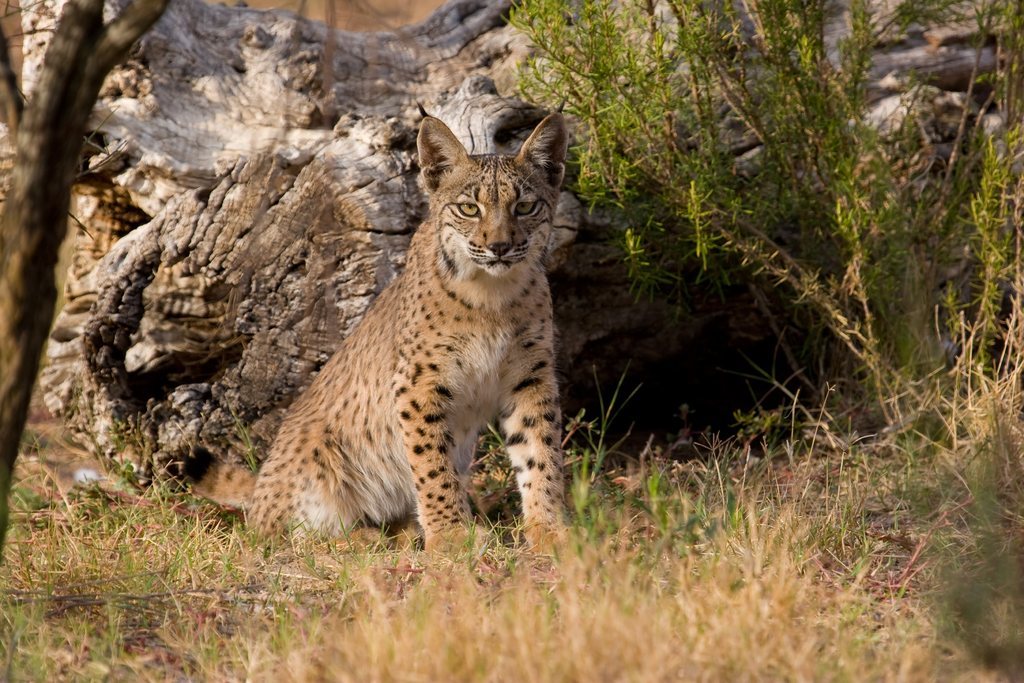The Iberian Lynx has been moved from the Critically Endangered to the Endangered category on the IUCN Red List. The species rallied from 52 mature individuals in 2002 to 156 in 2012. More than 300 animals live today in the wild in Spain and Portugal.
For years Lynx pardinus has been considered the most threatened felid species in the world. It entered IUCN Red List in 2002 as a Critically Endangered species, one step away from extinction. There were only two populations in the planet with no more than 200 animals.
Now, the specialists gave the thumbs up for a down-listing to Endangered from Critically Endangered. The Spanish scientists Alejandro Rodríguez and Javier Calzada studied the population’s evolution.
Calzada, scientist at Huelva University, wrote in an article of Conservation Biology back in 2010 that lynx’s populations have declined between 86% to 93% from 1985 to 2001. Eight out of the ten remaining populations have completely vanished in that period. The Iberian Lynx was heading for the extinction, with only two populations (Serra Morena and Doñana, in Andaluzia, in the South of Spain), 240km apart from each other.
But following six decades of decline, the population of Lynx pardinus increased continuously from 2002 until 2012. “This was achieved thanks to intensive conservation action including the restoration of rabbit populations – the main prey species of the Iberian Lynx – monitoring for illegal trapping, conservation breeding, reintroduction programmes and compensation schemes for landowners, which made their properties compatible with the habitat requirements of the Iberian Lynx”, says IUCN.
Today there are two populations in Spain: Doñana-Aljarafe and Cardena-Andújar. Besides these since 2010 the Iberian authorities have been reintroducing lynxes in four other locations to try to create new populations: Guadalmellato (Córdoba), Guarrizas (Jaén), Hornachos-Valle del Matachel (Extremadura), Campo de Calatrava and Montes de Toledo (Castilla-La Mancha) and in Vale de Guadiana (South of Portugal). Last year 43 animals, born in breeding centers, were released in these four areas.
“This is fantastic news for the Iberian Lynx, and excellent proof that conservation action really works,” says Urs Breitenmoser, Co-Chair of the IUCN Species Survival Commission’s Cat Specialist Group. “However, the job is far from finished and we must continue our conservation efforts to secure future range expansion and population growth of the species.”
This Wednesday, the IUCN has announced the Red List update. This list now includes 77,340 assessed species, of which 22,784 are threatened with extinction.


